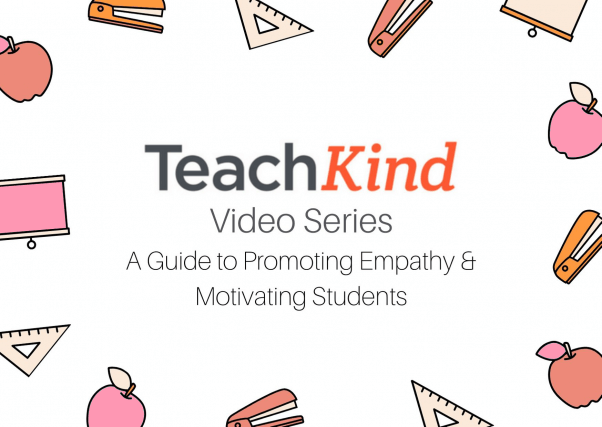Great Facts On Deciding On Italian Nursery Teaching Aids
Wiki Article
What Books, Including Textbooks, Are Needed In The Italian Kindergartens?
Italian preschools are often based in a playful environment and do not use workbooks or textbooks. However, books can be a valuable instrument for fostering language development for children and fostering their enthusiasm for reading. Picture books are ideal to help children develop their imagination, vocabulary, and love of literacy. They typically feature appealing images and are accompanied by simple, easy-to-read text.
Board books - Board books are made of thick pages and are meant for younger children who might not be able to manage books. They are great to introduce children to a variety of themes, including shapes, animals, colours and numbers.
Nursery rhymes or songs can be a great option to aid your child develop their emotional and social skills. Italian nursery schools may use nursery rhyme and song books in their daily activities and time for circle.
The early years of education are crucial for children to be aware of diversity and inclusiveness. Children will learn empathy, tolerance and respect when they read books that feature characters from different backgrounds and cultures or talents.
Italian language books. Italian nursery schools use books written in Italian as a means to assist children with their language abilities and learn the Italian language. Simple tales, picturebooks, and books featuring Italian rhymes and songs can be included in these publications.
The books you select for your child should be appropriate for their age fascinating, engaging and appropriate to their culture. Teachers and caregivers can also use books to spark children's curiosity and inspire children to investigate different subjects and topics. Have a look at the recommended schede didattiche italiano sostegno for blog info.
What Maths Teaching Aids And Materials Are Recommended For Italian Nurseries?
Mathematics teaching materials and educational aids can assist children in Italian nurseries to develop their spatial, numerical and problem-solving abilities. Some examples of recommended materials include: Counting manipulations: The use of counting manipulatives such as counting bears and blocks could help children develop their ability to count and fine motor abilities and hand-eye coordination.
Charts and number cards They can be used to help introduce children into numbers and counting. These can be large, colorful cards, or bigger numbers to hang on the wall.
Shape manipulatives. Children can learn about various shapes using shape manipulatives. They comprise wooden puzzles, pattern blocks as well as magnetic tiles.
Measuring tool: Measuring and comparing tools, like rulers, measuring instruments, and scales, could help youngsters to develop and learn their mathematical vocabulary.
Simple games and puzzles Simple puzzles and games like jigsaws, dominoes or games that match can aid in developing children's problem-solving capabilities, attention to details, and concentration.
Technology-based resources: Technology can provide children with learning tools that are more extensive such as math apps for tablets as well as games.
Use of these materials must be developmentally appropriate, safe, and appropriate for children. These materials can be used by teachers and caregivers to create interactive and engaging math-related activities for children that will encourage their curiosity and passion for education. Follow the best schede didattiche matematica for website examples.

What Is The Best Way To Support Science Education In Italian Kindergartens?
It is crucial to provide support for the use of science-based products in Italian nurseries to ensure children are able to explore and discover their environment. Here are examples of what science materials support may be needed. Planning and preparing the curriculum A well-designed curriculum and lesson planning which incorporates scientific concepts will help children learn about a variety of scientific concepts and skills.
Instruments for visual and tactile learning Posters, charts, nature objects and magnifying glasses kits can aid children in understanding scientific concepts using an interactive and tactile approach.
Books and videos. Books or videos on topics such as weather as well as space, animals and plants can engage children, while providing them with extra resources.
Outdoor learning spaces. Children can play in the natural environment in playgrounds, gardens and other learning areas outdoors.
Parents involved: Involving parents can reinforce concepts taught in nursery school, and also encourage families to be involved in learning.
Assessment instruments. Teachers and parents can use these tools to monitor their children's progress, and also to pinpoint areas of needing additional assistance.
It is vital that teaching materials are appropriate for kids of all ages. Parents and teachers can utilize these materials to design fun and interactive science projects that encourage children's curiosity as well as enthusiasm for learning. Check out the top rated sostegno scienze for blog examples.

What Materials For Geography Education Are Needed By Italian Nurseries?
Geography teaching materials at Italian nurseries can help children develop an understanding of the world around them, and also learn about the different cultures and settings. Examples of the resources that you could use to teach geography include: Maps. Maps are useful for helping children understand the diverse regions and countries, and the locations of landmarks and natural attributes.
Globes. Globes will help your child visualize the earth's surface. They can also help them learn more about the continents.
Videos and pictures. Pictures and videos of various cultures, locations and individuals can teach children about the world.
Books: Age appropriate books that feature various countries and cultures will aid in fostering children's curiosity about geography.
Natural materials: Natural substances such as shells, stones and even plants can assist children learn about different environments and ecosystems.
Field Trips: Children are able to gain valuable geography knowledge through excursions to local zoos, parks and museums.
It is crucial to select geography-related teaching materials that are appropriate for children's age and culturally sensitive. Teachers and parents can utilize these resources to design engaging and interactive geography activities that encourage children's curiosity as well as love of learning about the world that surrounds them.

